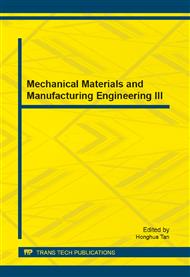p.438
p.442
p.448
p.455
p.460
p.466
p.470
p.474
p.480
Methodology for Measurement of the Blue Light Hazard of Light-Emitting Diodes with Imaging Luminance Meter
Abstract:
Most of the measurement methods for blue light hazard (BLH) evaluation are based on radiance, which are too complex and hard to find out the highest radiance. We proposed a methodology for measurement of BLH with imaging luminance meter. We measured the relative spectral power distribution with a spectrometer and the maximum luminance with an imaging luminance meter for LEDs and compact fluorescent lamps, and calculated the BLH weighted radiance. The BLH efficacy and the upper limit of luminance with blue light safe of various light sources were also calculated on the basis of the BLH weighted function. The results show absolute blue light safe can be obtained if the luminance is limited to 100 kcd m2 for color temperature lower than 6500 K. LEDs with high color temperature, especially those without diffused window, have potential risk of BLH. Our method can be used in online measurement of the BLH of LEDs.
Info:
Periodical:
Pages:
460-465
Citation:
Online since:
November 2013
Authors:
Keywords:
Price:
Сopyright:
© 2014 Trans Tech Publications Ltd. All Rights Reserved
Share:
Citation:


